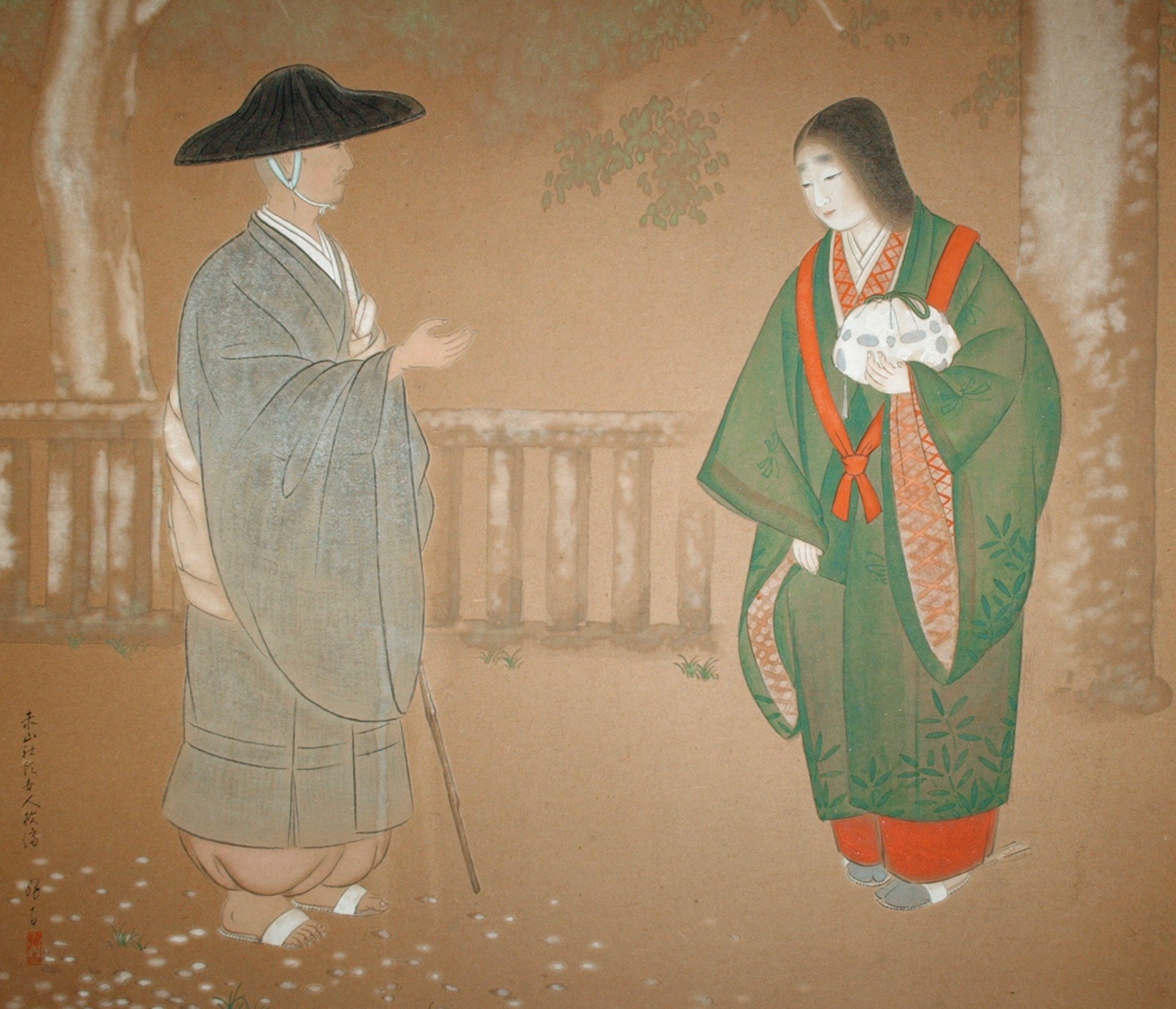
By Tanya Kato
As a Jodo Shinshu Buddhist and someone who’s interested in different religious traditions, I decided to participate in a Catholic Ignatian retreat. Held last November in South Pasadena, California, it started light and fun, but became deeper and more contemplative.
On Saturday evening, Mass was held in the church social hall. When it came time for Communion, I stayed seated because I’m not Catholic. A member of my group explained that if I crossed my arms, I could at least stand in line for a blessing. My line stood before a lay attendant. The other line stood before a priest.
When I reached the front, the lay attendant and I momentarily exchanged glances without saying a word. I must have mindlessly extended my hand and the attendant automatically gave me a wafer of Communion bread. As I walked back to my seat, a priest stopped me and took the wafer from my hand, saying the attendant didn’t know I wasn’t Catholic. Suddenly my heart sank and I became teary-eyed. I was sad and very emotional. For the remainder of the evening, I felt dejected and my once enjoyable experience turned sullen.
I recently heard a story about how Shinran Shonin encountered a woman near Kyoto, at the foot of Mount Hiei, where he lived and studied as a monk. She too wanted to study and practice the Buddhist teachings but wasn’t allowed to enter because women were prohibited. She asked how the pure water [the teachings] at the top of Mount Hiei could benefit sentient beings [commoners], if the water couldn’t flow down from “high” places. This story struck a chord in me.
At the retreat the following day, the priest who took my Communion bread approached and wanted to explain what happened. Not knowing what to expect, I wondered what he’d say.
He gave each one in our group a sheet with an exercise to do. It explained the meaning of “First Love,” defined as unconditional, unlimited love; in other words, God’s love. This contrasts with “Second Love,” which means love that often leaves us doubtful, frustrated, angry and resentful. This can refer to affirmation, affection, sympathy, encouragement, and support we receive from parents, teachers, spouses, and friends, which also can be limited, broken, and fragile. Behind many expressions of Second Love, there’s always a chance of rejection, withdrawal, punishment, violence, and even, hatred.
After the priest’s talk, it was lunchtime. As we headed out, the priest spoke to me. He apologized for what happened at Communion, saying he “fumbled” and could have approached the situation differently. I felt relieved and appreciated his effort to explain. We ended up briefly talking about various spiritual paths and he mentioned his fondness for the Buddhist teacher Thich Nhat Hanh.
During lunch, I sat with my group and shared what happened at Communion. They commented on my courage to return to the retreat’s final day despite feeling emotional. We discussed various aspects of the Catholic Church, such as the role of shame and how to create a welcoming environment to newcomers and people returning after being away from the church.
My retreat experience brought to mind the story about the woman at Mount Hiei. I hadn’t really identified with her before, but now I see similarities in our stories. When speaking to the priest, I shared Martin Luther King Jr.’s thoughts on how Sunday mornings in America are a time of segregation because of the many separated church services.
As I open my ears to the Buddha dharma, the more my limited beliefs and misunderstandings surface. Although I like to think of myself as “open” and “accepting” of others and their ideas, I still tightly hold self-centered ideals.
On that night of Communion, I decided to partake in Reconciliation (Confession) with a Catholic priest. I shared how the Communion incident weighed heavily on me. I also spoke of how I rejected my own mother and am guilty of what I learned of Second Love—a shadowed love. In Buddhism it might be called “this shore,” which I couldn’t see until the mirror of “rejection” was reflected back to me.
Coincidentally, a week after the retreat, a fellow attendee messaged me, saying she was in Kentucky. A cathedral near her hotel had an interfaith center with a picture of Thomas Merton, a Catholic monk who explored different faiths, especially Buddhism. She sent me a picture of an image of Thomas Merton standing next to the Dalai Lama.
I’m unsure where to begin my understanding of the Buddhist teachings, but that image of a Catholic and Buddhist standing together appears like a good starting point.
-Tanya is a member of West Covina Buddhist Temple.

